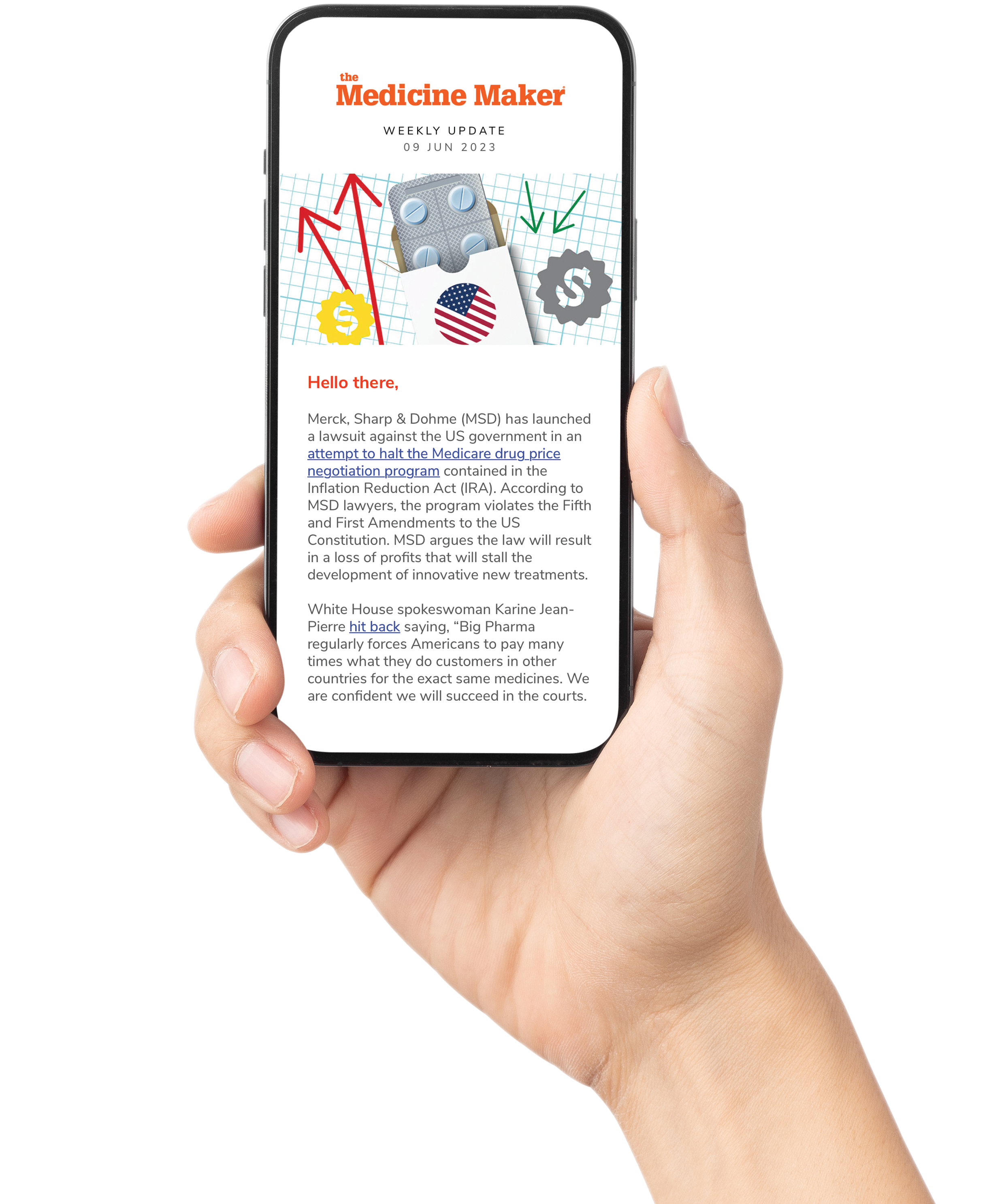
Varda Space Industries has secured $187 million in Series C funding, co-led by Natural Capital and Shrug Capital, raising its total capital to $329 million. The startup, based in El Segundo, California, specializes in microgravity-based pharmaceutical manufacturing, using unmanned W-Series capsules to crystallize drug ingredients in orbit, then returning them to Earth for further experiments. To date, Varda has completed three missions, with a fourth currently in orbit at the time of publication and a fifth planned by the end of 2025.
In space, APIs can form novel crystal structures not possible under the influence of Earth’s gravity, which could lead to improved drug formulations.
The funding will accelerate flight cadence and support the building of a new 10,000 square-foot lab in El Segundo. This facility will focus on crystallizing biologics and further expand the company’s orchestration of orbital pharmaceutical processing and hypersonic reentry testing (reentry speeds reaching Mach 25) on behalf of the US Department of Defense (DoD).
To learn more about the future of space age medicine making, we spoke with Eric Lasker, Chief Revenue Officer, Varda Space Industries.
Varda’s commercial orbital labs are the first to operate outside the ISS. What does this mean and what unique advantages does it bring?
Our pharmaceutical processing model offers an environment that cannot be accessed in terrestrial laboratories. We’re building on over 50 years of microgravity pharmaceutical research. The ISS laid the foundation for early-stage pharmaceutical research on a human rated system, forming much of the research that inspired companies like ours. The ISS is a national lab, and not something that could reasonably be used for any sort of scaled production, or rapid cycle research. Our goal is to take the research out of the lab setting and towards a world where products produced in microgravity are commonplace.
What makes low Earth orbit great for drug processing is that microgravity suppresses convection and sedimentation. This yields more uniform supersaturation and diffusion-driven transport, improving drug product properties to enhance outcomes. Bioavailability also gets a boost because microgravity heightens exposure and the efficacy of drugs by developing soluble crystal forms. You get more control over particle size and make the content of drug products more uniform. Patients benefit from the new forms of administration we discover through these results. For pharmaceutical companies, we’re solving composition issues and uncovering new forms that can benefit patients globally.

What measures are used to determine which APIs and biologics are good candidates for space-based crystallization?
Using our facilities at HQ, we test target APIs under different gravitational conditions. We call this our hypergravity crystallization platform, which has been published in Crystal Growth & Design. Modulating gravity from 1g to 5g, the platform demonstrates gravity-induced changes in drug components via a large diameter centrifuge. Our pharmaceutical scientists conduct experiments alongside the hyper gravity crystallization platform to verify both small molecules and biologics’ susceptibility to gravity. These tests give us robust evidence that the APIs will be not affected in space at all before we even launch a capsule.
With expansion into biologics such as monoclonal antibodies, what specific partnerships are you targeting in the near term?
Space-manufactured pharmaceutical materials have a huge amount of potential to improve the lives of patients on Earth. We’re inspired by Merck’s crystallization work with pembrolizumab (Keytruda) on the ISS. Through these experiments, Merck showed the capacity to reformulate from an IV administration to subcutaneous, which makes for a significantly better patient experience that we also hope to enable at Varda. We’re looking forward to talking about early partners soon.
How important is hypersonic re-entry testing for US DoD partnerships, and how does it align with your scientific/pharmaceutical objectives?
We use the same vehicles for hypersonic and reentry testing as we do for our internal pharmaceutical missions, furthering our goal to increase flight cadence, which has the benefit of assisting both communities. For the DoD community, we look like a true to life wind tunnel for speeds not possible to simulate on the ground. Pharma companies, on the other hand, care more about our time in orbit prior to bringing our products back to Earth.
Either way, the more we are able to fly, the more going to space and back becomes normal. We’re excited to support missions of all types that are able to utilize the systems we’re building, and we see every mission as one that helps to build the orbital economy.

Have you engaged regulators regarding space-derived drug formulations? What will the road to clinical use look like?
Yes, we’ve confirmed that there is a path to use this technology to bring novel formulations to market. It's important to think about going to space and microgravity as being the same as performing a unique pharma development process on Earth. The steps to get to this environment (and this facility) might look a bit different given the use of spacecraft, but the steps determining the approval of a product that has used this tool will look nearly identical to other terrestrial processes.
What are your objectives for the next mission? And what’s next after that?
Our next mission will continue our pharmaceutical and hypersonic experiments in orbit. We’re looking forward to increasing our launch and reentry cadence. We envision a future in which microgravity is just another common step in the drug development pipeline. When low Earth orbit becomes a variable, there is boundless potential to make life better for people on Earth.




